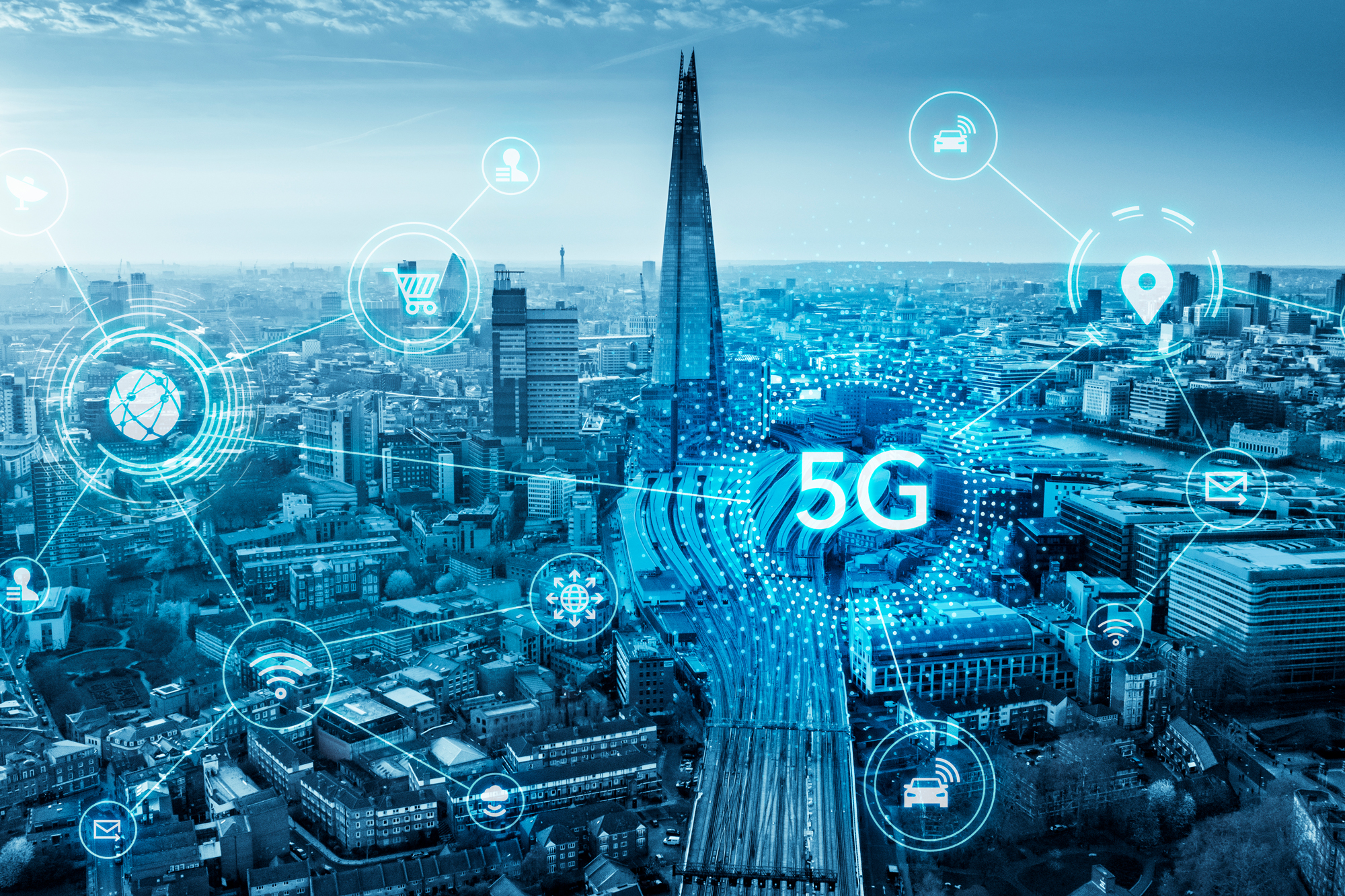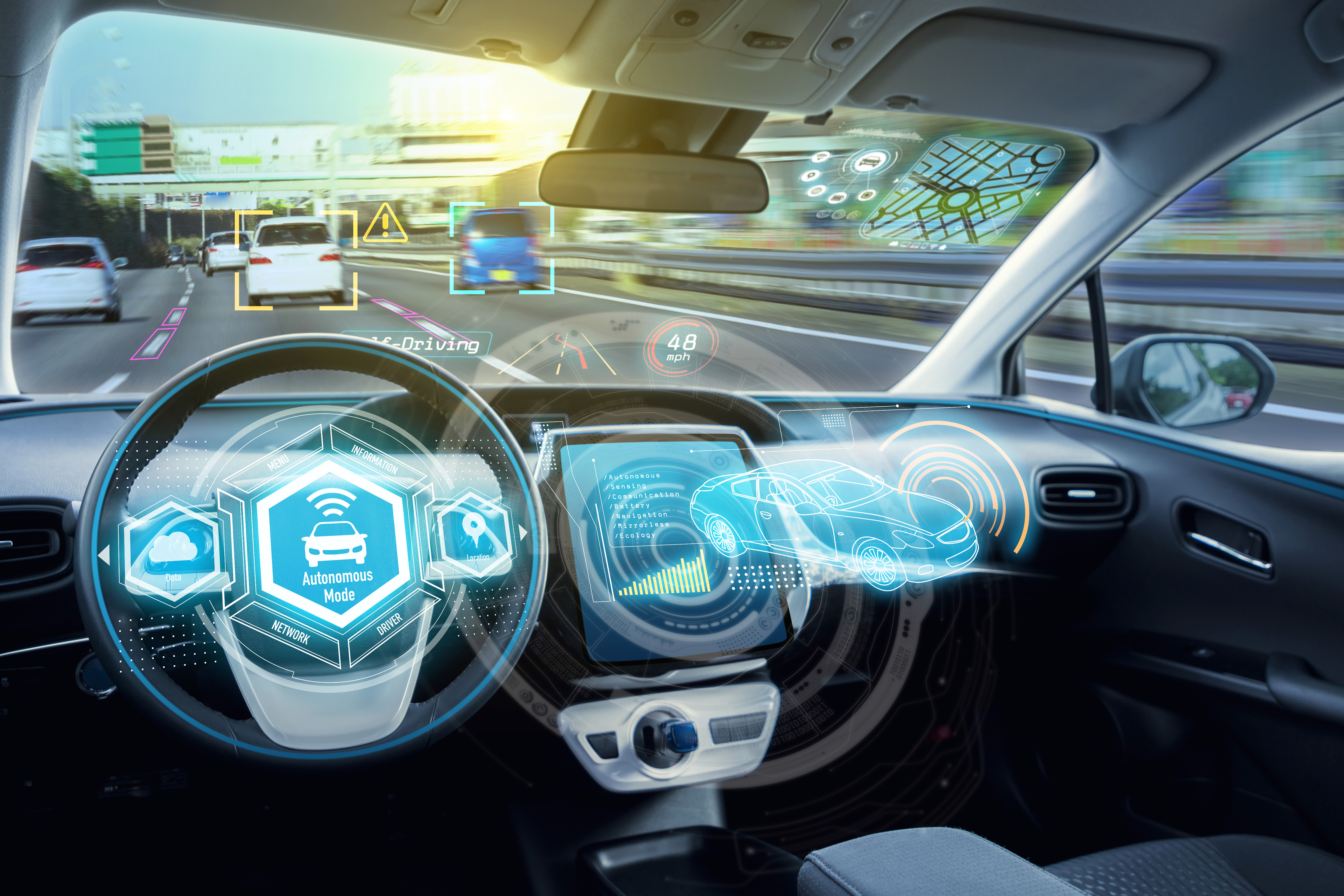Five advantages of 5G in IIoT applications
The rollout of 5G is in its infancy but as it comes into the mainstream it is expected to bring many advantages to smart cities and industry, predicts Matt Lundberg, technical lead, industrial IoT, Impulse Embedded
Even in its infancy 5G is already roughly 10 times faster than 4G, and as it is further adopted and rolled out by the major ISPs, expectation is that speeds will reach nearer 10Gps. This boost in speed means more than just an increase in performance for systems already using cellular connections, it will transform the way IIoT applications are designed and operated. It can also be integrated into multi-vendor systems.

Lower latency
With initial latency expectations for 5G set at around 1ms, which is roughly 50 times more responsive than 4G, IIoT and industry 4.0 is set to capitalise on these improvements, especially in applications needing near real-time feedback. For example, remote security systems will be able to stream 4K video over cellular connection with just a 1ms delay, allowing operators to make decisions in real-time. Augmented reality (AR) could also benefit from the reduced latency of 5G cellular connectivity. 5G could open the door to using AR for remote surgery, robotics, and even military operations or scenarios requiring a human touch, but deemed too dangerous for direct human interaction.
Enhanced provisioning
At big sporting events or exhibitions, you have probably struggled with connectivity, even through your cellular connection. This is nothing to do with bandwidth – it is due to the sheer number of connected devices within a small radius of the area you are in. There is a limit on the number of devices that can access a 4G connection at any one time (4,000 devices per sq km). 5G’s limit is now one million connected devices per sq km, meaning load spikes could be a thing of the past at major events and gatherings.
 System integrators designing networks for hotels and high-rise buildings could also benefit from adopting 5G. The Royal National Hotel in London has over 1,600 rooms and over 3,000 sq m of meeting space in over 30 different rooms. Add two people in each room, plus conferencing, and restaurants and other activities, and that 4,000-connection limit is soon reached. And that’s just for the hotel, the limit is 4,000 per sq km, remember. 5G also lowers costs through less networking infrastructure requirements. Maintenance needs are also lessened compared to that of a traditional network with critical security considerations and multiple access points.
System integrators designing networks for hotels and high-rise buildings could also benefit from adopting 5G. The Royal National Hotel in London has over 1,600 rooms and over 3,000 sq m of meeting space in over 30 different rooms. Add two people in each room, plus conferencing, and restaurants and other activities, and that 4,000-connection limit is soon reached. And that’s just for the hotel, the limit is 4,000 per sq km, remember. 5G also lowers costs through less networking infrastructure requirements. Maintenance needs are also lessened compared to that of a traditional network with critical security considerations and multiple access points.
Network slicing
This is a new feature which acts as a means of separating parts of the network into zones, which are self-contained and independently secured. Depending on the service to which a device is subscribed, it will assign a specific level of network capabilities. Speed and latency can be controlled between zones, allowing network administrators of 5G IIoT systems to take bandwidth from non-critical systems and redistribute it to more data-intensive areas of the network.
IIoT infrastructure systems like fleet management could be deemed as non-critical. With data generally limited to location and driver behaviour details and transmitted from vehicles to control centres on an interval basis, fleet management systems do not require a lot of bandwidth, network speed, nor a low ping. Equally, companies who adopt autonomous driving systems which use cellular data to get location details and vehicle telemetry, would require a faster, more reliable connection. ISPs can allocate this boost in connectivity, at a price of course.
Network slicing technology will ensure that critical systems remain the priority, and networks do not get overloaded with devices that could compromise the flow of data between these critical IoT devices.
Lower power consumption
A study in 2020 by Nokia and Telefonica showed that 5G networks were, on average, up to 90% more energy-efficient than legacy networks. With the continued pressure for factories to reduce their carbon footprint and improve energy-efficiency, this improvement in data transmitted per Watt will be key in minimising carbon emissions as the 5G network grows. Furthermore, this reduction in power consumption will enable the implementation of huge numbers of low powered endpoints leveraging 5G's future capability to support NB-IoT, enabling M2M in many new applications.


